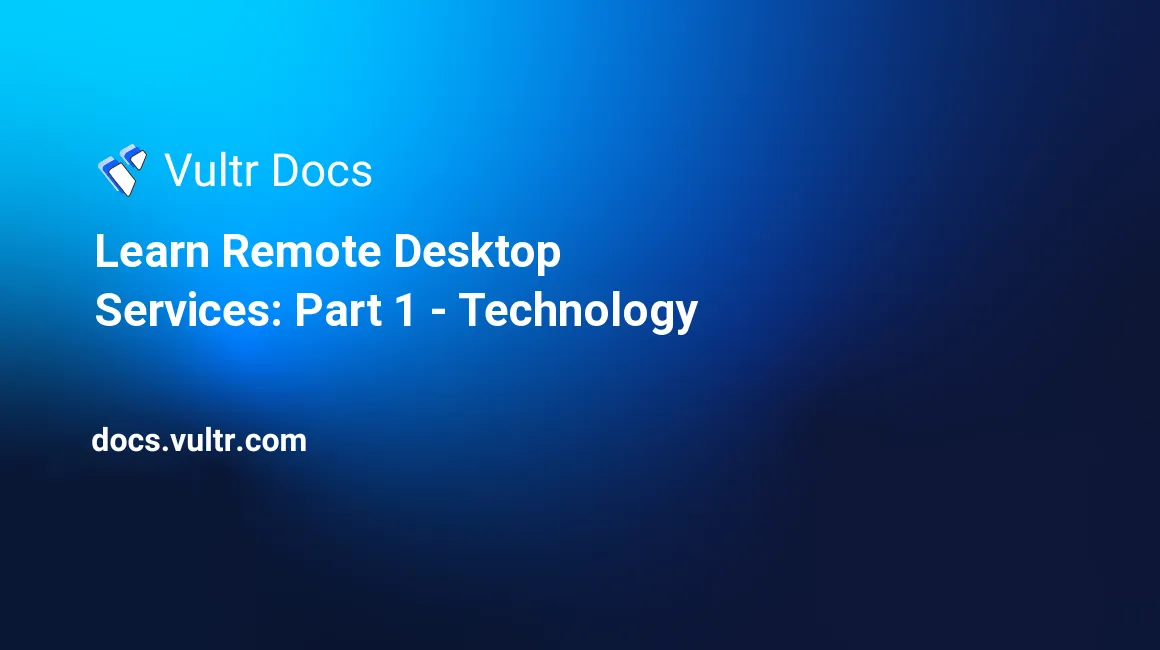
This article is part of a 3-part series about Remote Desktop Services.
What is Remote Desktop Services (RDS)?
Remote Desktop Services, commonly abbreviated as RDS, is a role in Windows Server 2012 that allows for efficient management of Remote Desktop sessions on a Windows Server. Using this technology, and the right hardware, it's possible to deploy RDS and configure it so your server can be used as a terminal server. This is an efficient way of managing documents, and other important information, in the cloud.
In this doc, we will look at all the possibilities RDS has to offer. As such we'll handle important terms such as "Connection Broker" and "Session Host", and we will look at features such as RemoteApp. After thoroughly reading this doc, you will be familiar with the RDS technology, its advantages, and how to efficiently manage RDS servers.
Where can RDS be applied?
RDS is a technology to efficiently manage terminal servers. In older versions of Windows Server, the Remote Desktop Services role was actually called "Terminal Server". This has been changed with the introduction of Windows Server 2012 though, to ensure managing RDS environments stays efficient. As a rule of the thumb, you can assume that any future terminal server can take advantage of what RDS has to offer.
What is the RDS technology?
RDS is not a technology in terms of it being a protocol or alike, but rather a very advanced role in Windows Server that allows for efficient management of terminal servers, and the sessions hosted on them. RDS allows users to connect to Windows Server and run their own isolated Windows session. Backed up by certain industry-leading features such as RemoteApp, RDS can be very advantageous in many enterprise environments. By deploying RDS, employees can easily access their data on a remote server. Enterprises often allow their employees to use remote desktop when they are using a client which is not joined to a domain.
Rather than dealing with UNC paths like \\fs01.company.com\C\Users\Employee\Desktop and alike, enterprises can allow employees to access their own environment on a terminal server.
What is Remote Desktop Protocol (RDP)?
Remote Desktop Protocol, often abbreviated as RDP, is a desktop sharing protocol developed by Microsoft. It's an alternative to programs like VNC, but because it's developed by Microsoft and therefore integrated with Windows, system administrators often choose to use RDP because of all the interfaces it provides (such as RDS). You can look at RDS as a management tool for RDP connections. In practice, RDS allows you to filter and manage RDP connections.
Remote Desktop Services (RDS) prerequisites
Remote Desktop Services can best be used when joined to a domain. Microsoft discourages running a terminal server on a domain controller (DC) due to security reasons. Keep that in mind when installing other roles as well (Microsoft discourages installing any other role on a DC).
Continue to: Part 2: Deployment
No comments yet.